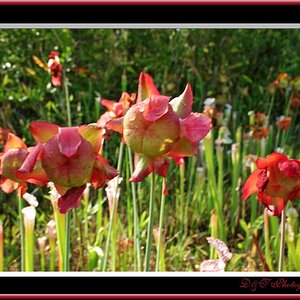misol
TPF Noob!
- Joined
- May 17, 2009
- Messages
- 128
- Reaction score
- 1
- Can others edit my Photos
- Photos OK to edit
Wow I got alot of replies! I was talking about feet. I usually photograph small people (little kids) but have a big job this weekend with teenagers and need something larger. Where I am shooting has pink and green walls! So I need lots of white to try to counteract the walls. I had read in several places about the 4'x8' foam core board, I thought it must be a standard ssize, but I had never seen it. But I am not even sure it will fit in my car, I should go measure. I like the idea of building one, but I am not really that crafty. Maybe when I have more time


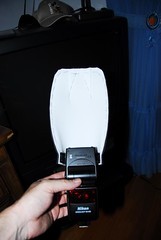

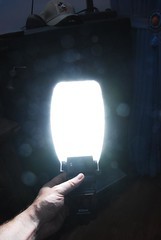

![[No title]](/data/xfmg/thumbnail/30/30871-c87f97bf2d9d493b4c08ba6482680038.jpg?1619734488)

![[No title]](/data/xfmg/thumbnail/34/34131-26fa915af5e4adb9d0f123c4c8b7cae4.jpg?1619736302)
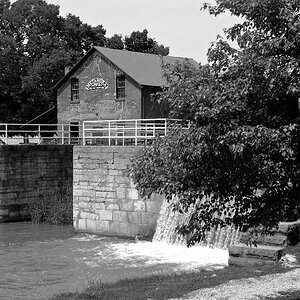

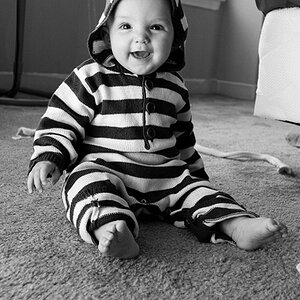
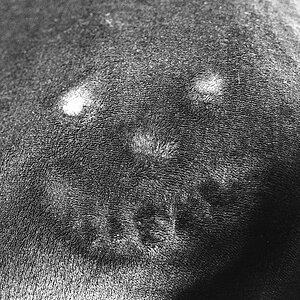

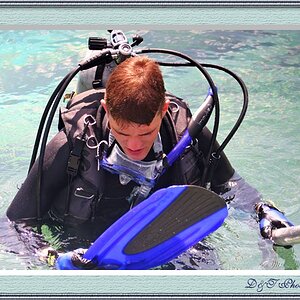
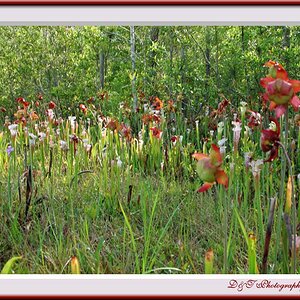
![[No title]](/data/xfmg/thumbnail/37/37488-1946adf246ec6e047915c668d3dcff15.jpg?1619738111)
